A major overhaul to the Air Force’s officer promotion system last year has improved diversity and bolstered readiness, with more updates planned in the next six months.
The service is moving toward a system that incentivizes a baseline set of leadership qualities as well as the skills and tasks that spell success in each profession, rather than judging all airmen on accomplishments most often garnered by pilots and other frontline troops.
Air Force leaders argue that personnel management updates will better prepare the service to compete with other global powers like China and Russia. But the changes have workplace merit, too, trying to: reward both good performance and time in service; give airmen with different skill sets a fairer shot at promotion; and judge people on their character and competence rather than popularity.
Revamped versions of officer and enlisted evaluation systems, due out within the next few years, aim to check whether airmen are meeting those standards. They will evolve over time as the qualities the Air Force needs in its workforce change.
“There’s things that we have to constantly think about, but in general, the premise we went in with in and the goals that we went in [with], we’re seeing achieved as we go forward,” Lt. Gen. Brian Kelly, deputy chief of staff for manpower, personnel and services, told Air Force Times.
Breaking the service’s monolithic promotion system — which previously lumped all officers into a single group, regardless of profession — into six categories of similar career fields has led to greater gender and racial diversity at some ranks, and shed light on where training has fallen short in certain jobs.
About 62,000 active-duty Air Force officers serve in more than 100 career fields. Before 2020, about 80 percent of those officers competed for a set number of promotions as part of one group spanning more than 40 jobs.
Pilots make up much of service leadership in part because the criteria used to evaluate airmen for promotion rewarded them for working in tactical combat roles, attending certain leadership programs like the Air Force Weapons School, and breadth of experience rather than time in one office — as someone in acquisition would do to gain institutional knowledge on a particular program. That shrank opportunities for airmen in other fields that value different skills and markers of success.
Now, airmen are vetted in six categories: air operations and special warfare, combat support, force modernization, information warfare, nuclear and missile operations, and space operations.
But the country’s racial, ethnic, and gender diversity isn’t evenly represented across the force. For example, pilots are overwhelmingly white and male, while more women and airmen of color tend to serve in support jobs.
The new promotion categories have started to level the field.
Women are getting promoted at a slightly higher rate than men on average, Kelly said. Eighty-five percent of women were promoted to lieutenant colonel on time — or “in-the-zone” — in 2021, compared to 77.5 percent of men, according to data provided by the Air Force. For those promoted “above-the-zone,” or later than expected, 11.4 percent of women made it to lieutenant colonel compared to 6.4 percent of men.
The service is seeing similar results for Black airmen. Over the past two years, Black airmen have been promoted to lieutenant colonel at the same rate as or higher than the overall average — one of the first times that’s happened, Kelly said.
The 2021 lieutenant colonel selection board chose 34 Black airmen to advance on time, or 79 percent of those who were up for consideration, according to data provided by the Air Force. That’s a marked uptick from 2019, when 53 Black airmen, or about 62 percent, of those seeking promotion to lieutenant colonel were chosen in the zone.
“On average over the past decade, the Air Force chose 74.2 percent of white officers for promotion to lieutenant colonel, compared to 64.4 percent of Black or African American airmen,” Air Force Magazine reported in 2020.
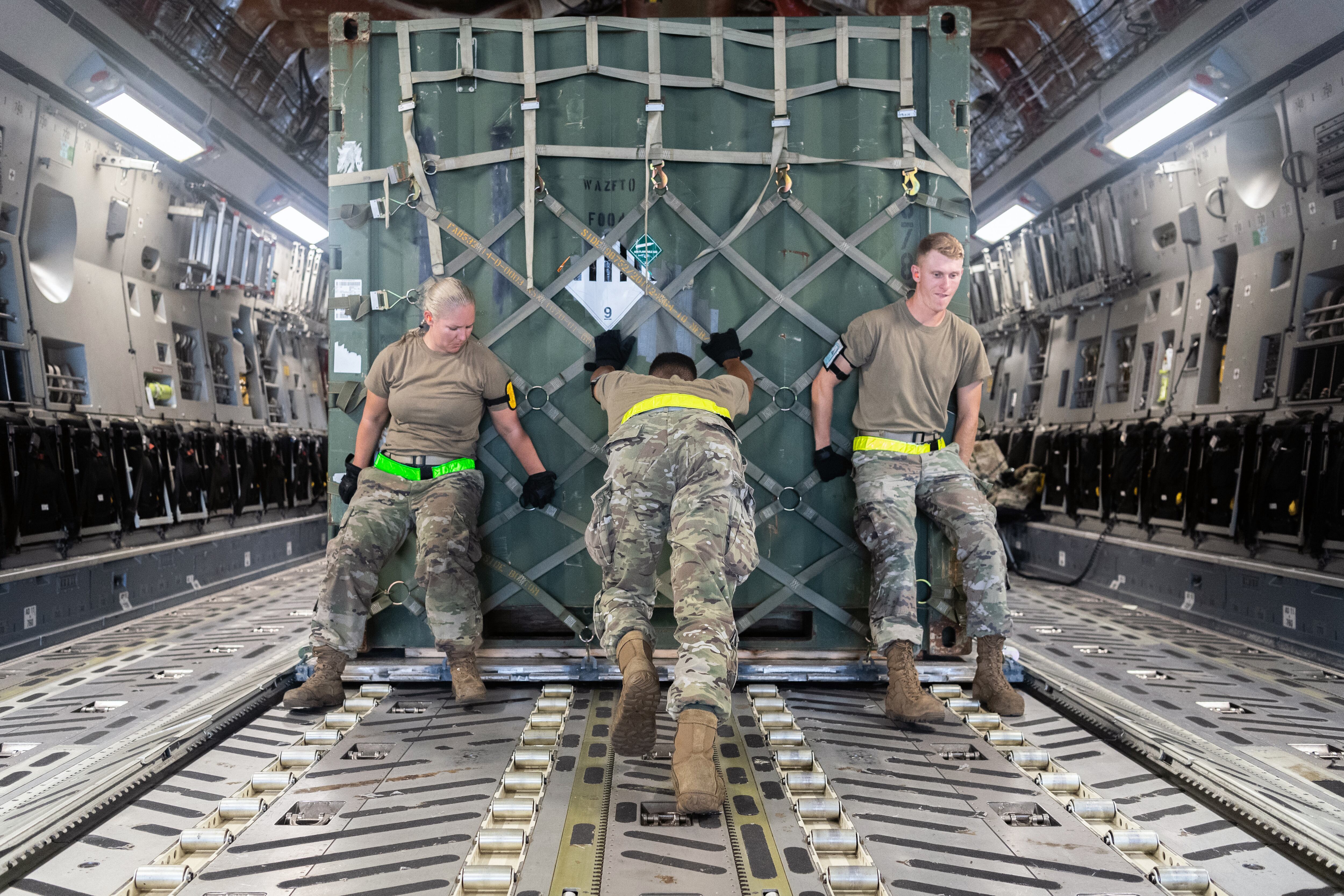
While the data appears to show improved career mobility based on race or gender, it instead may be that people in more diverse fields can move up the ladder now that pilots are taken out of the equation.
“It’s not that they were a Black man competing against a white man, or a white woman competing against a white man,” said Kate Kuzminski, who runs the military, veterans and society program at the Center for a New American Security. “It’s that they were a non-pilot competing against a pilot.”
The same trend is not occurring among airmen selected for colonel, Kelly said, but that could change over time.
“We would like to see a better distribution of airmen across all the categories and [Air Force Specialty Codes],” he said. “We would like more diverse airmen to occupy operational career fields at the same rates that they would support career fields so there’s an even distribution.”
Kuzminski has a theory on why diversity climbed among O-5s: It’s around that point in an airman’s career that retention begins to wane. The competitive categories could be helping move people from a larger pool of Black airmen in lower ranks up the ladder before they leave the service.
A recent study by the federally funded think tank Rand Corp., in its own simulations of the Air Force’s new promotion system, found that allowing more time for career development could provide a bump in selections for the demographic groups and careers that are promoted least often.
Competitive categories have also presented an opportunity to find where airmen are underachieving, and tweak training and assessments to better gauge their progress.
That became apparent in Kelly’s own field, he said, when airmen started scoring lower at promotion boards under the new system. They discovered that those officers “chose not to accomplish all the things that are normally expected and accomplished at that level.
“I don’t know that we’ve seen any career field that has been overly advantaged or disadvantaged in the now almost two years that we’ve been doing it,” he said. “But there certainly are pockets where individuals will see their promotion potential differ in the group that they’re competing with now, versus the group they were competing with before.”
RELATED
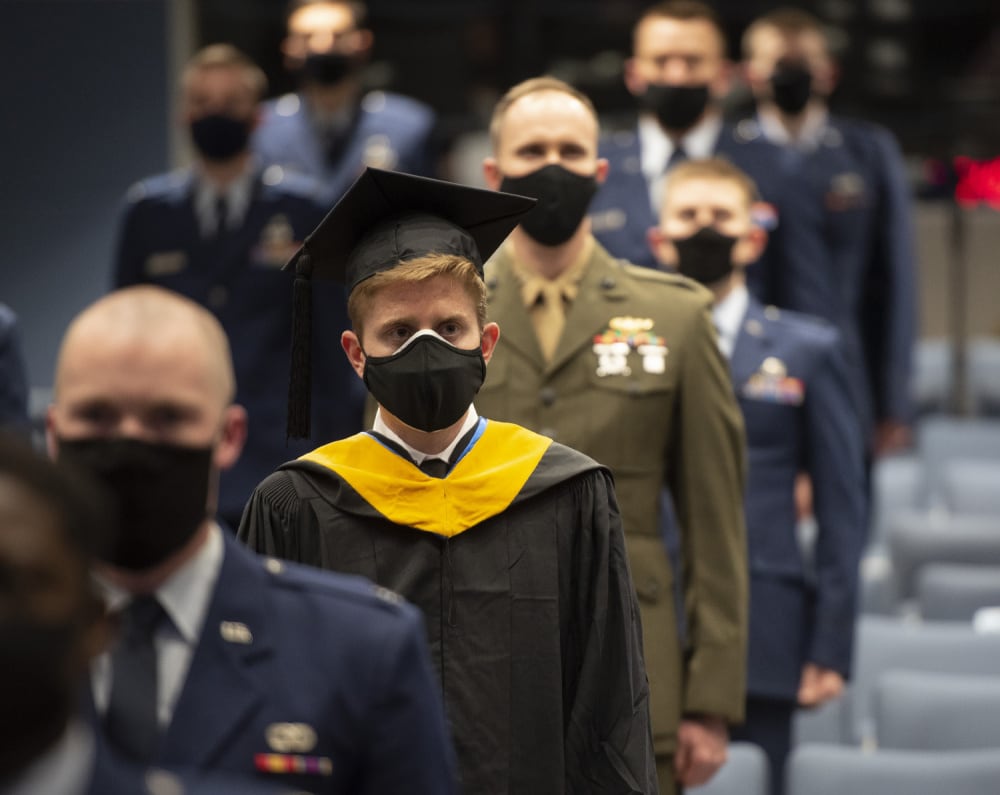
As the Air Force works out the kinks in its new promotion system, Kelly said they will be looking for new buckets that might be needed in the future. Careers related to joint all-domain command and control or artificial intelligence, or specific personnel like foreign affairs officers may need their own categories to better manage their career paths.
Another factor influencing the career ladder is the Air Force’s decision to do away with early promotions using the “below-the-zone” model. It’s created a five-year window of sorts that, when combined with other loosened rules, can give people more chances to promote at their own pace than a one-and-done shot.
“What we’re asking the board to do is look through the records and promote those records that have the highest potential to serve, regardless of whether that’s somebody who’s in the promotion zone or above the zone,” Kelly said.
The Air Force has heavily relied on repeated early promotions to fast-track talented airmen – particularly pilots – into senior positions, Kuzminski said. But that can disadvantage those airmen as leaders and in joint roles where they are greener than their peers and haven’t fully developed their managerial skills.
“This is where the Marine Corps comes out in front, because it takes you a lot longer … to get to, say, the rank of colonel, or a one-star general, so by the time you’re in the room, you’ve got five years or four years on all of your counterparts,” she said. “That’s actually very important when it comes to strategic discussions and thinking about the implementation of national goals and missions.”
Rand found that using merit-based advancement instead of BTZ would pose slight delays to promotion for high achievers, no delays for average airmen and long delays for low achievers. That’s good news for the Air Force, which argues its system gives airmen more time to mature but won’t hold back its top performers.
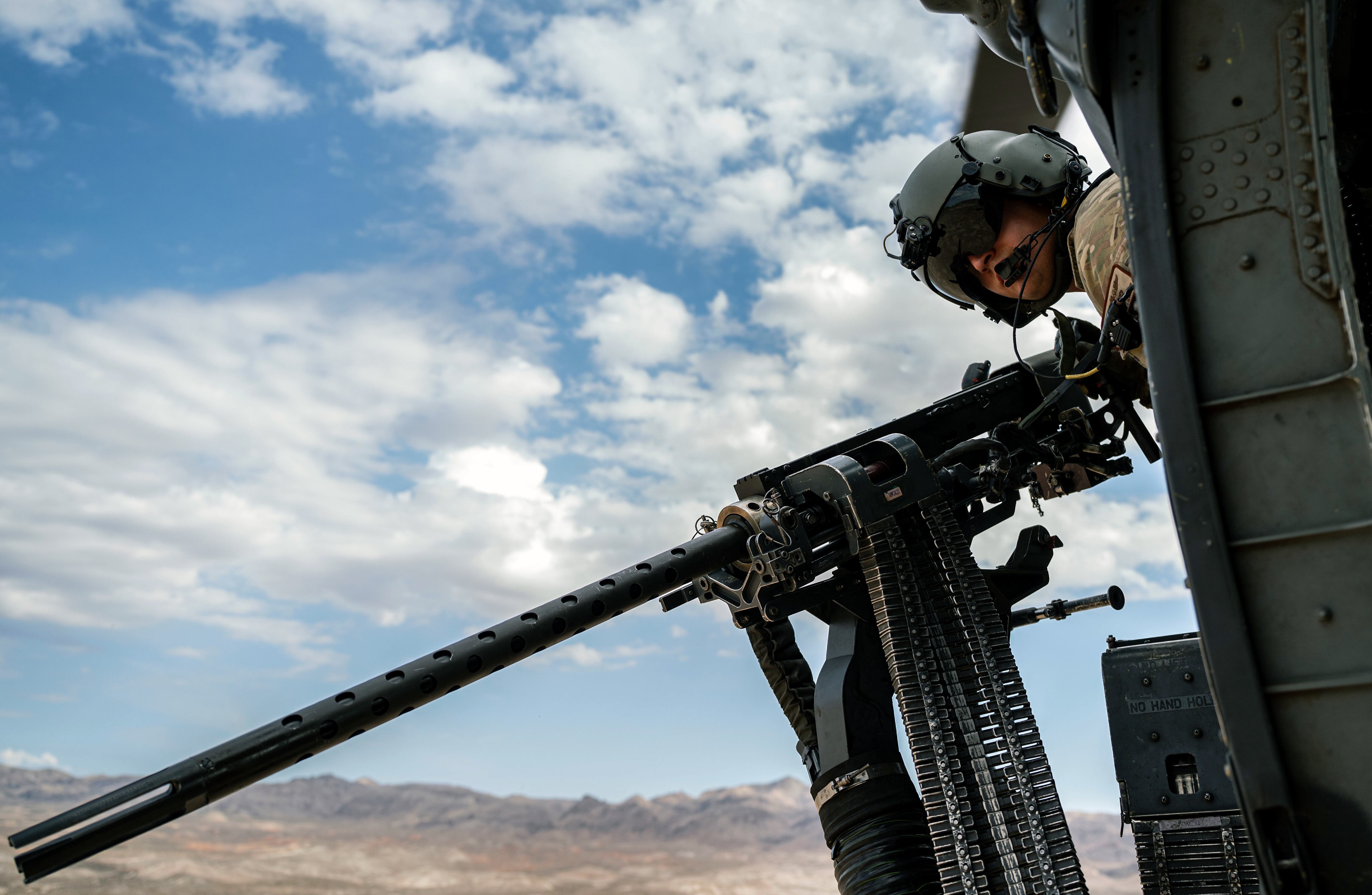
“Folks who are performing in the ways that we want, at the best level, are going to move forward in the system,” Kelly said. “We want everybody to understand and everybody to get better.”
The enlisted side isn’t planning on following in the officers’ footsteps. Below-the-zone promotions to the rank of senior airman are here to stay, said Chief Master Sergeant of the Air Force JoAnne Bass.
Over the next year or so, she plans to take a wide-ranging look at how enlisted airmen are assessed and promoted, with potential changes to come by the end of 2022. But BTZ isn’t going anywhere.
“I’m a big fan of allowing local leaders and commanders to be able to best assess who in their ranks is ready for that next promotion,” she told Air Force Times. “I’m actually open to a whole lot of things, but I want to be able to see the data and the analysis that the working groups and the people on the ground are going to come out with.”
Nor does Bass plan to get rid of the Weighted Airman Performance System tests for staff sergeants and technical sergeants, after the Air Force dumped WAPS for the most senior enlisted ranks in 2019.
As on the officer side, Bass is moving forward with a plan to place greater value on professional experience. Awarding points for experience as part of WAPS will go into effect over the coming year.
“Just because you’re living and breathing, and you have certain years in, shouldn’t be the reason why you’re getting points. It should be that you have experience, but you’re also performing well,” she said.
RELATED
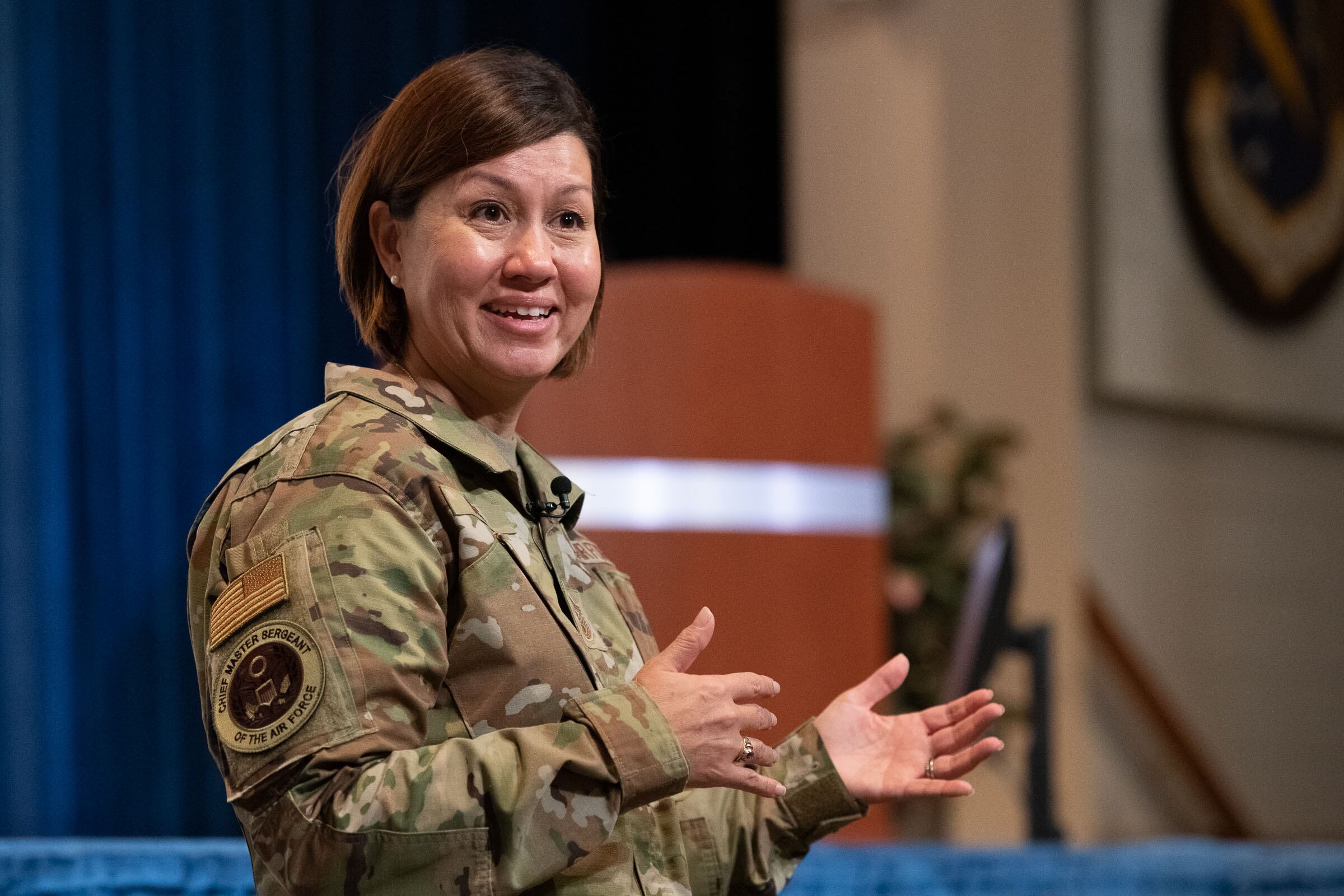
It’s one step toward more holistic enlisted evaluations, with other ideas down the line. Kelly said the Air Force wants to move away from specialty knowledge tests and promotional fitness exams, and instead possibly adopt tests that gauge someone’s judgement in certain situations.
“Are there other methods by which we can test not only your technical understanding of your job, but your leadership acumen?” he asked.
Enlisted officials want to offer their airmen more opportunities across the force, too. That could lead to a larger enlisted presence in careers like acquisition, which is largely staffed by officers and civilians.
Bass said the Air Force is drawing up a plan that may expand the enlisted cadre of RQ-4 Global Hawk reconnaissance drone pilots. Though they are not allowed to fly manned aircraft, they have bolstered the RQ-4 enterprise since 2017, when the first three enlisted airmen graduated from remotely piloted aircraft training.
The plan is based on “weapon systems and numbers” and the future direction of the Air Force, and there’s plenty of details to hash out, Bass said.
“Enlisted pilots have proven themselves to be masterful in piloting [RPAs]. I think, if given the opportunity, they can continue to do that and more,” Bass said. “We are shaping out what that looks like.”
A slate of looming issues promises to further shape the officer and enlisted corps.
Speaking at the annual Air Force Association conference outside Washington on Monday, Bass said she is considering further changes to “high year of tenure” rules — the number of years an enlisted airman can remain in the service before they must separate or retire — to keep high-performing senior NCOs around longer. The time limit currently stretches from 20 years for staff sergeants to 30 years for chief master sergeants.
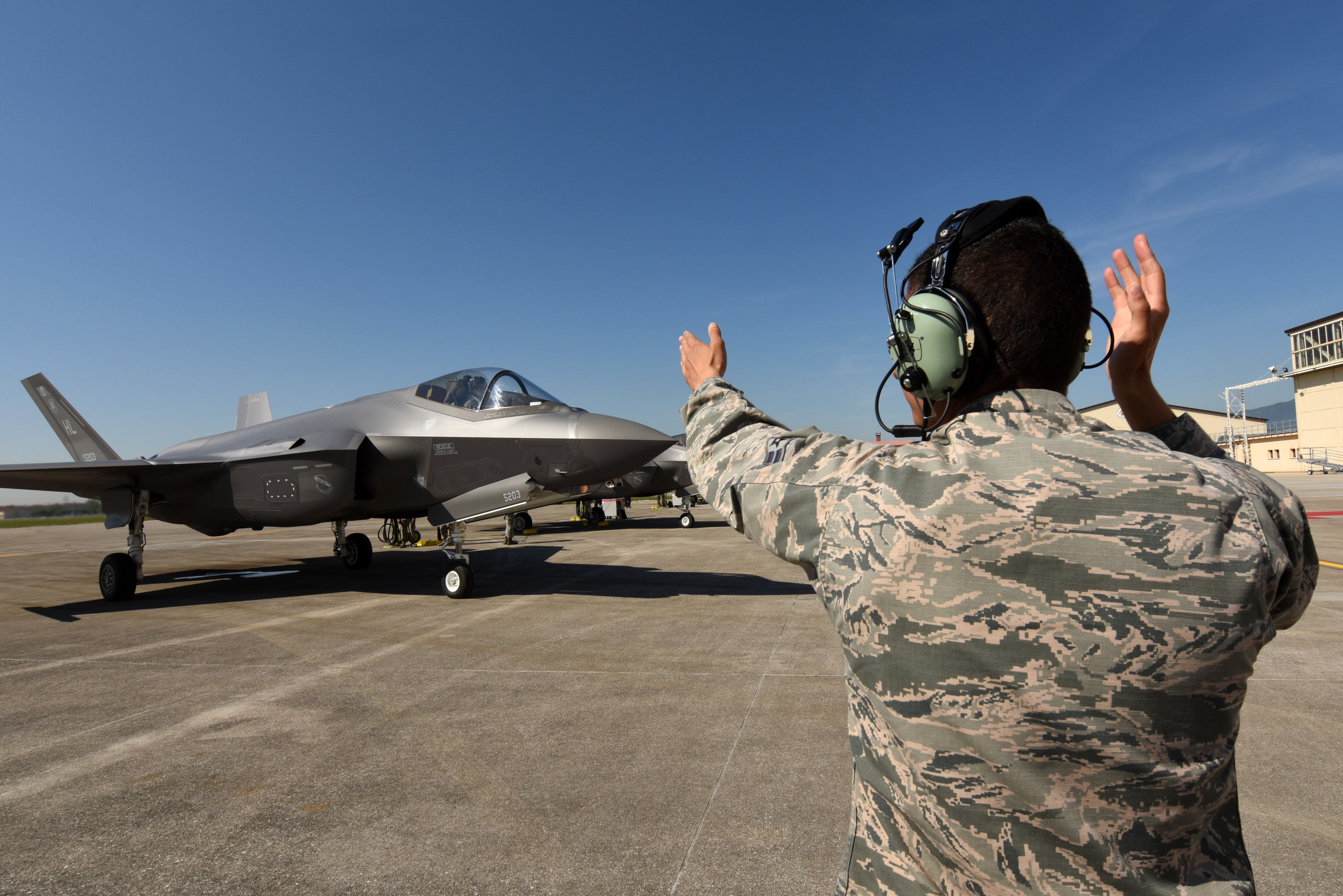
Enlisted force planning could consider introducing new job specialties, combining some into new fields, or ditching some altogether. Bass suggested that there’s likely to be fewer enlisted careers but more need for jacks of all trades.
RELATED
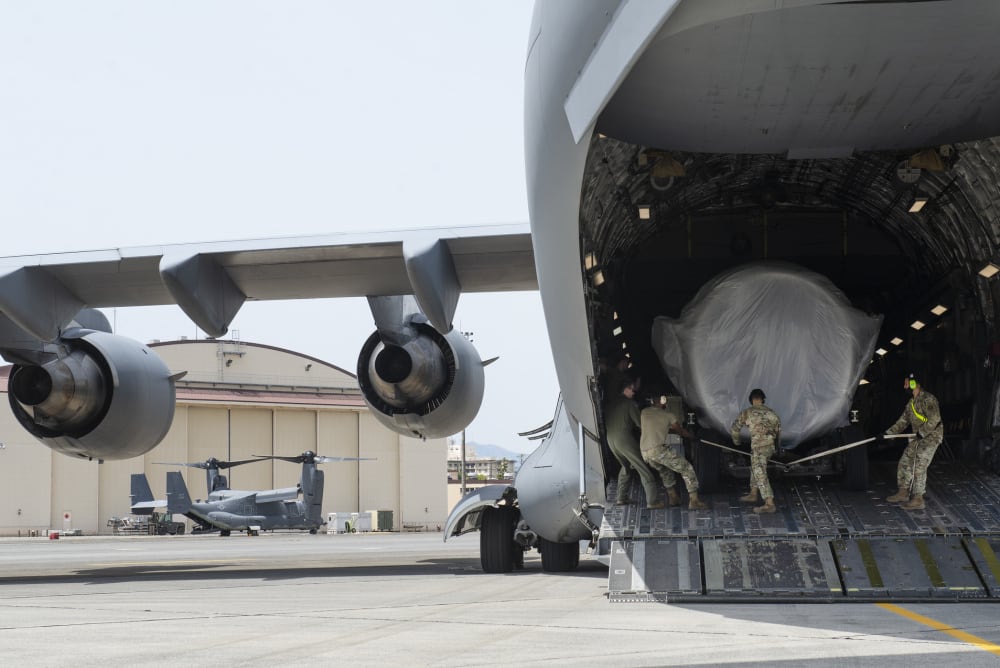
The Air Force will also need to contend with shrinking opportunities for enlisted airmen to advance because of record-high retention, similar to the immediate post-9/11 era. That effect has hit the enlisted force harder than the officer corps, which is still rebalancing from earlier years with major cuts and lower retention.
Retention is still higher than usual nearly two years into the coronavirus pandemic, Kelly said. Hiring is starting to pick up and could chip away at the service’s workforce, but the outlook is murky.
Potential changes to how the military prosecutes sexual assault cases by removing them from the chain of command could affect retention as well, if victims feel they are being taken seriously and treated fairly, Kuzminski argued.
But high retention has slowed the Air Force’s ability to bring new airmen in and raises a hard question: How do you make sure the force isn’t getting stale?
Data can show who’s underperforming, and the service could use selective early retirement initiatives, Kuzminski said.
“There’s still this challenge that legislation and policy can’t overcome, which is, what do you do with stagnant officers who are senior O-5s or O-6s who aren’t really performing at the rate that we want them to, but they’re filling critical positions?” Kuzminski said. “That’s the final frontier.”
Rachel Cohen is the editor of Air Force Times. She joined the publication as its senior reporter in March 2021. Her work has appeared in the Washington Post, the Frederick News-Post (Md.), Air and Space Forces Magazine, Inside Defense, Inside Health Policy and elsewhere.









